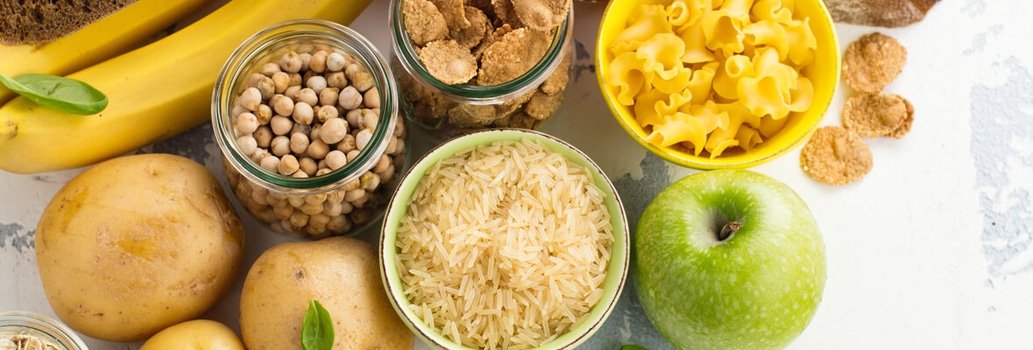
Say goodbye to energy slumps
What is GI? And how does it impact energy levels?
GI, or Glycemic Index, is a way to measure how quickly our bodies absorb the energy we get from carbohydrate rich foods – that’s foods like pasta, breads, fruit, cereal and rice.Our bodies need carbohydrates. They break carbs down into glucose to provide fuel for our brains, most of our organs and our muscles during exercise.
In fact, if you are low in energy, you may not be eating enough of the right type of carbs…but how can you tell? This is where GI comes in.
The GI index ranks how quickly the carbohydrates are broken down into glucose and absorbed into our blood stream.
Foods are given a GI ranking from 1-100. Foods with carbohydrates that are broken down more slowly, and therefore provide longer lasting energy, have a low GI (0-55). Foods that are quickly broken down providing a spike in energy followed by a slump, have a high GI (70-100).
The lowdown on low GI foods
Low GI foods are a healthy choice. They release glucose slowly creating a gentle rise in blood sugar levels. As well as providing sustained energy, this helps to:
- regulate our appetite and keep us feel fuller for longer;
- reduce sugar cravings;
- maintain a healthy weight;
- avoid energy slumps; and
- improve focus and concentration.
What about veggies? Most non-starchy veggies like leafy greens, as well as nuts and meats contain very little or no carbs, so they are not given a GI ranking.
More about high GI foods
High GI foods can produce a quicker and sharper rise in blood sugar levels, which can give a short burst of energy, followed by a slump.This can have a negative impact on our health as it may lead to increased tiredness, moodiness, poor focus, and in the longer-term, weight gain.
Foods that are more processed or contain higher amounts of added sugars tend to have a high GI (a ranking between 70 and 100). This includes white breads, wholemeal breads, white rice, rice cakes, quick oats, cakes and biscuits, lollies and soft drink.
Good GI goals
To maintain your energy levels throughout the day and look after your weight and health, it is generally best to try to stick to a lower GI diet.
This is not as hard as you may think. You don’t need to completely cut out higher GI foods, it’s all about getting a good balance. Try…
- eating at least one serve of a low GI carb at each meal;
- choosing low GI snacks;
- adding extra fibre, protein, or healthy fats to your meal – it can help to lower the GI even further; and
- always keep your eye on serving sizes. Eating too much of any food, even healthy ones, isn’t good for you.
Need some ideas?
Check out more tips on lowering the GI of your meals.
Always check in with your dietitian
If you have low energy levels, poor blood sugar control, diabetes, or need to lose weight, check in with your dietitian so that they can provide you with low GI support and more personalised health advice. You can find your local Accredited Practicing Dietitian through the Dietitians Association of Australia.

The latest nutrition advice, plus health and wellness tips delivered to your inbox monthly

